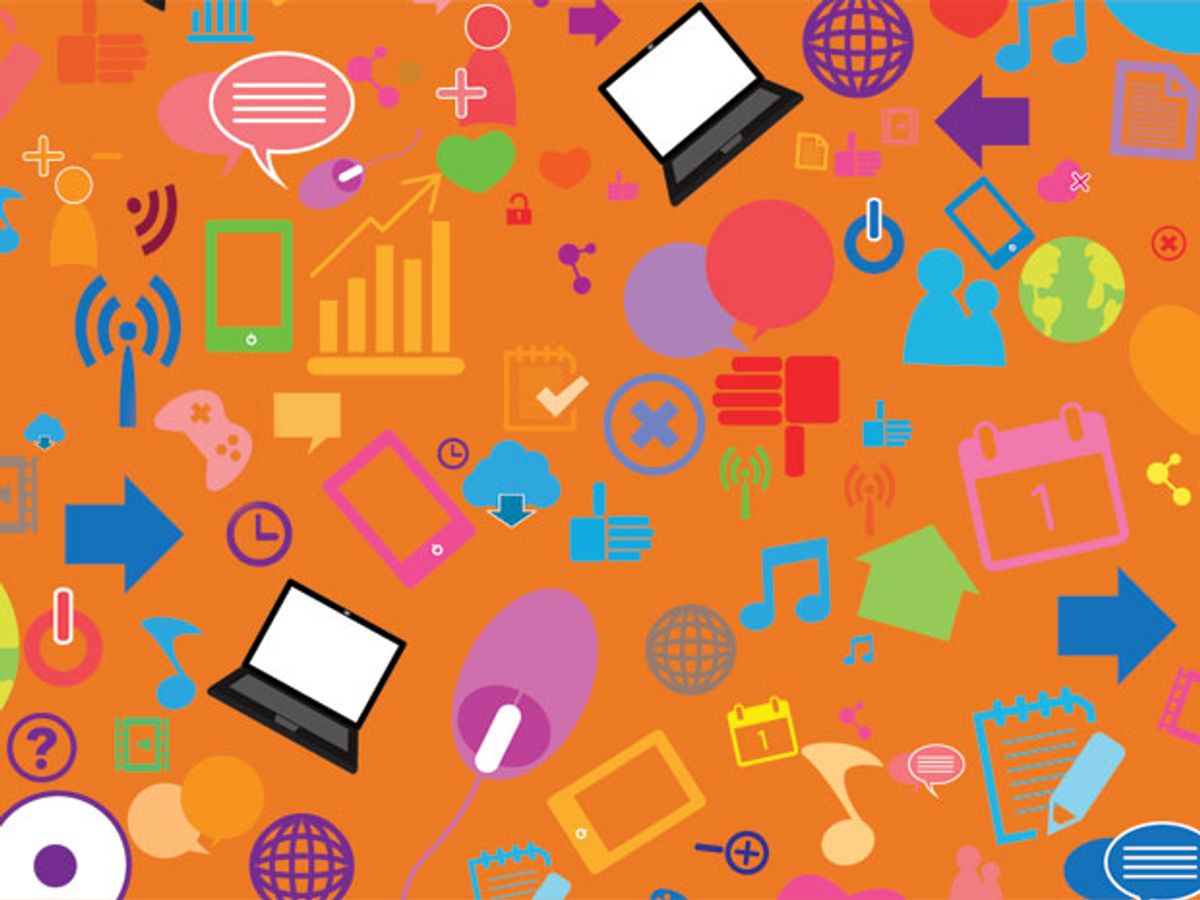Smart cars, smart gear, smart homes, smart offices and smart cities are all being developed and prototyped today, in hopes they’ll benefit from the so-called “Internet of Things” (IoT). Equipping just about every object so that it can connect to the Internet is no different than bringing out single new technologies. Well, at least in one respect: Wherever there are rival standards—as purchasers of junked consumer electronics standards like Betamax and HD-DVD know—there are winners, and there are losers.
Jeffrey Kaplan, managing director of Think Strategies, Inc. in Wellesley, Mass., says he suspects IoT standards will have broad impacts for consumers, especially if differences in competing standards can’t be negotiated and settled behind the scenes.
“It requires a tremendous amount of standards debate, deliberation and decision-making to ensure that the various parties play nice together,” he says.
He points to three industry-wide groups that are each attempting to establish their own IoT standards—one of which is the IEEE, publisher of IEEE Spectrum. The other groups, small consortia of companies with IoT interests are: the Open Interconnect Consortium, which includes Intel, Atmel, Broadcom, Dell, Samsung, and Wind River; and the Thread Group, comprising Nest Labs, Samsung, Yale Security, Silicon Labs, Freescale Semiconductor, ARM, and Big Ass Fans. (No, that was not a typo. Samsung has decided to hedge its bets by joining both of the corporate groups.)
“If you want to know where the pot of gold is around all this, it has to do with the fact that the Internet of Things is fundamentally about capturing data from all these things and tracking the behavior of these things—and, of course, whoever is using those things,” says Think Strategies' Kaplan. The data from, say, a network-connected thermostat or network-connected car then streams back to third parties (the original manufacturer or a partner company) so the firm can “try to gain a competitive advantage in winning more business from the user of those things.”
Of course, today, nearly everyone carries one Internet-connected “thing” around in their pockets or purses. They often use it to make calls or send text messages, while another connected “thing” sits on their desk, often attached to a keyboard and mouse. Standards for how these devices talk to each other (Wi-fi and Bluetooth, to give two examples) already exist. (And, in the interest of full disclosure, IEEE is also a stakeholder in some of those standards as well.)
So, why can’t we use the standards that are already in place?
IoT companies already do, Kaplan says. Wi-Fi is the presumed default communication standard for devices with their larger networks. But he says security, privacy, efficiency and other concerns also make additional standards necessary.
Consider the Internet-connected car. “Anything that’s software enabled will, by definition, have to be updated on a regular basis,” says Kaplan. “The standards that will govern how that update process works [are now being debated]…The automobile industry is trying to figure this out as well as the software industry.”
Kaplan says he expects to see standards-making activity in commercial IoT applications outpace consumer-dominated spaces like smart homes and smart cars in the early going. (He suspects that workplace applications were a key consideration in Google’s recent purchase of smart thermostat maker Nest Labs. Like the high-priced business software that is keeping Microsoft afloat, the cost-per-unit Nest can charge for its devices will be higher in work spaces than in homes, he says.)
This year, for instance, AT&T, Cisco, GE, Intel, and IBM have partnered to develop what they’re calling the “Industrial Internet.” And the Industrial Internet Consortium, Kaplan says, should really be mentioned alongside the aforementioned usual suspects of IoT standards bodies.
“The Industrial Internet is an underpinning for the Internet of Things,” he says. “Like a lot of the technology world, the Internet of Things has two sides to the coin. One is the consumer Internet of Things. The other is the industrial.”
So the standards governing heightened security, reliability, performance, and throughput that the Industrial Internet partners hope to promote might more closely resemble the standards that we’ll actually see for IoT devices in the coming years than will the ones being pitched for consumer Internet standards, he says.
"It's a Pandora's Box that's been created here," he says. "The promise of the Internet of Things has brought with it a whole lot of challenges. And for good reasons, a lot of folks are coming together to say, If we don't figure out how to address these problems, people aren't going to buy into the promise."
Margo Anderson is the news manager at IEEE Spectrum. She has a bachelor’s degree in physics and a master’s degree in astrophysics.



